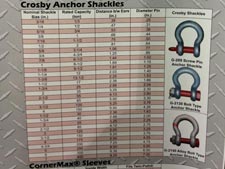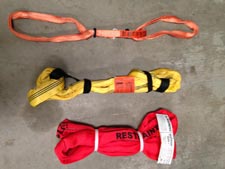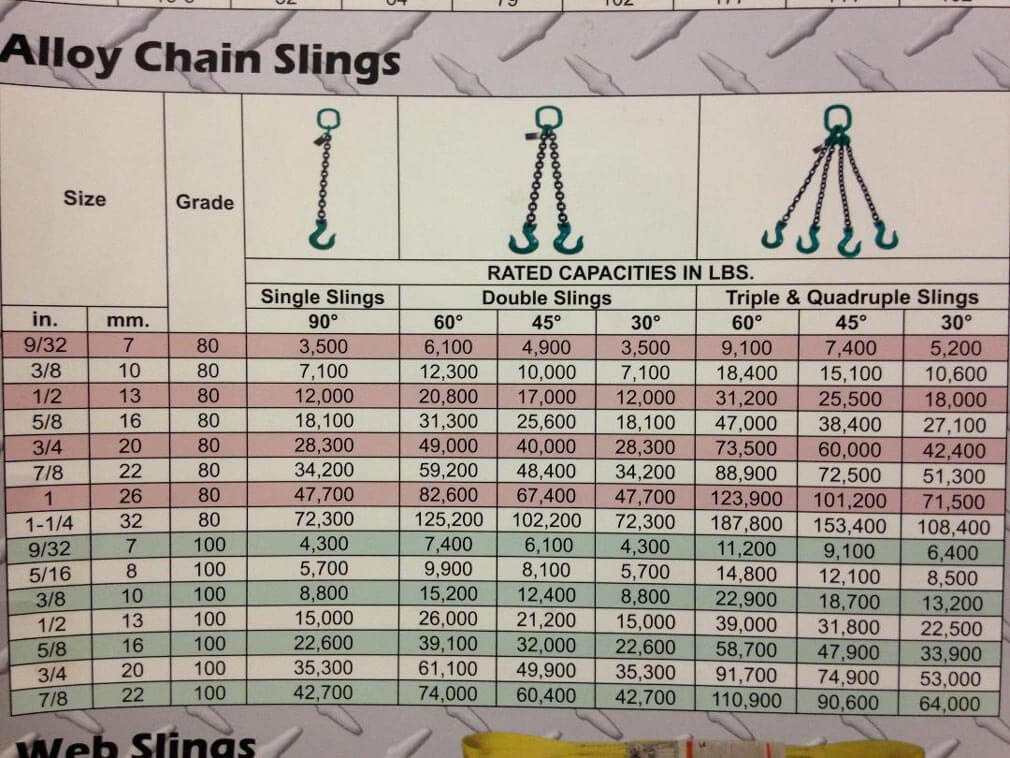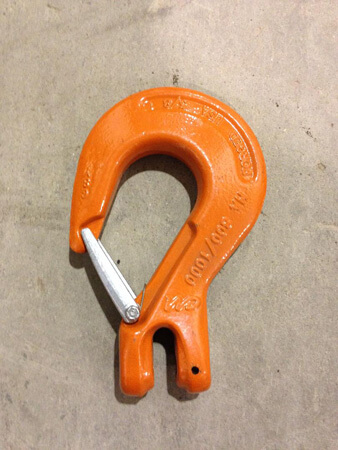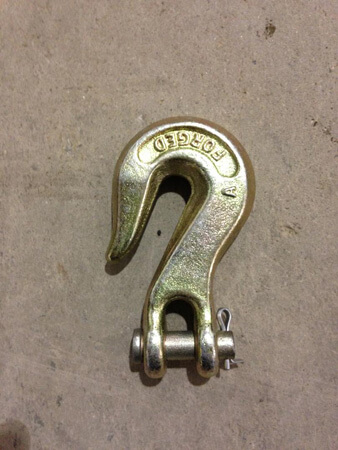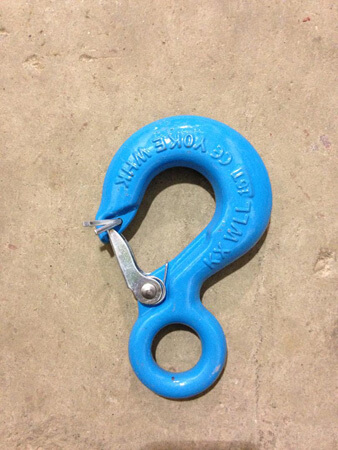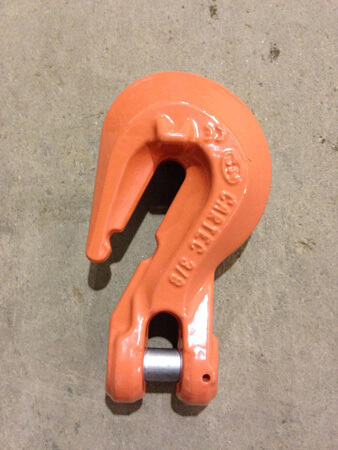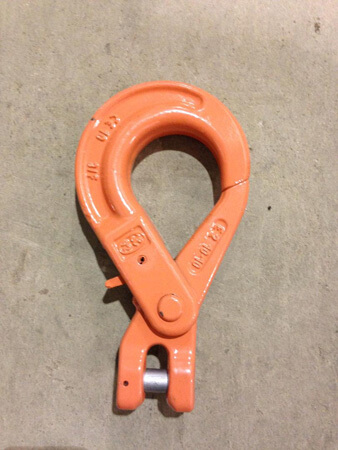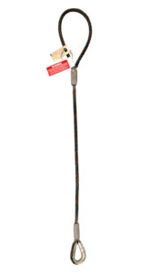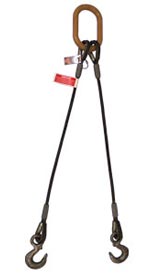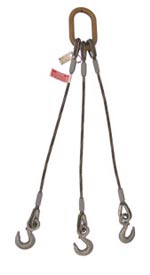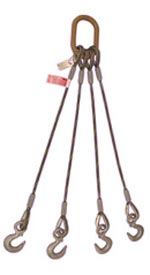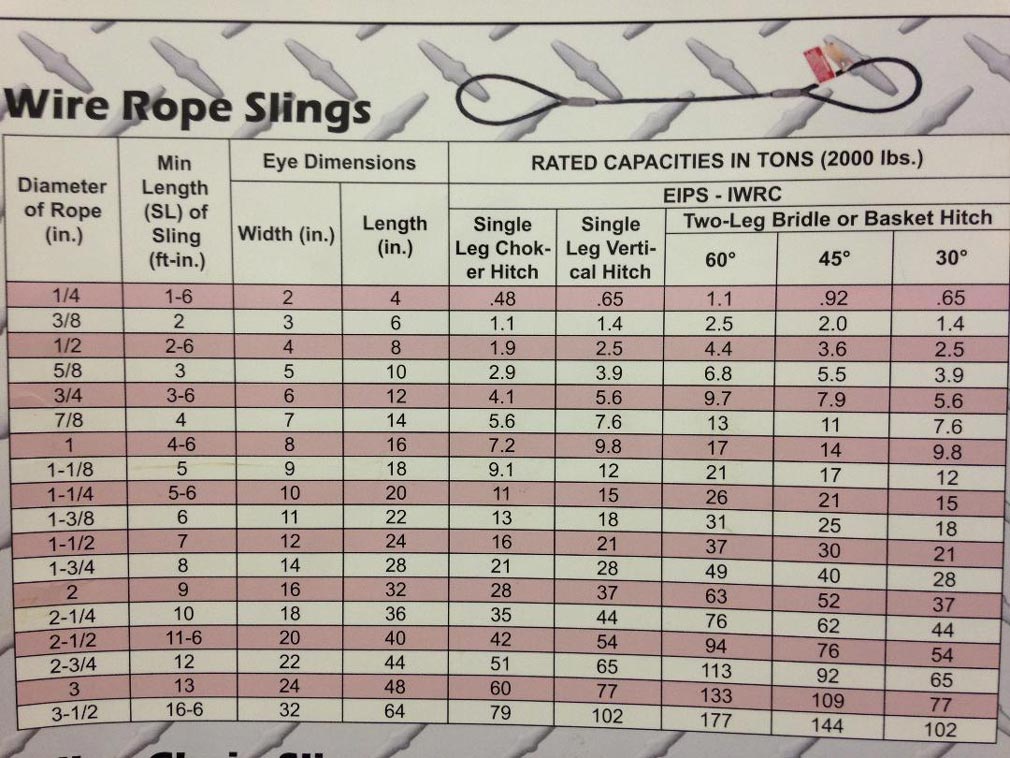Information/FAQs
Zia Wire Rope & Supply in Farmington is always eager to share helpful information and answer questions for clients so they can make informed decisions when purchasing our products and working with our team during service appointments.
What is wire rope, exactly?
Here’s a detailed definition to give you an idea: Click Here For Information
4 Things to Consider In Selecting Wire Rope Slings, from Associated Wire Rope Fabricators:
A fun way to get more information about The Wonders of Wire Rope:
How to Order:
The following information should be given on orders or inquiries for certified chain slings.
SIZE: This is specified by the size of the material from which the chain is made, determined by working load limit required.
REACH: This is the length, including attachments, measured from bearing point to bearing point.
TYPE: Select and specify proper type of sling from pictures shown below.
ATTACHMENTS: Unless otherwise specified, standard master links and hooks as given herein will be used.
When other than standard master links or hooks are required, we should be given a complete description or a drawing of the requested substitute.
COUPLING: When selecting an alloy chain sling, you will need to choose the type of coupling you prefer. The two types are (W) welded and (M) mechanically coupled.
The proper selection, application, care and inspection of chain slings used in moving material by hoisting can produce efficient and economical handling operations with minimum hazard to persons and property.
Inspection Criteria
Schedule periodic link-by-link inspection of chain slings, based on frequency of sling use, severity of service conditions, nature of lifts being made and experience gained on service life of slings used in similar circumstances.
Clean chain prior to inspection, to make damage or defects more easily seen.
Hang chain vertically, if practical, for preliminary inspection. Measure reach accurately (bearing point of master link to bearing point of hook).
Check this length against reach shown on tag.
Inspect link by link, where the following should be looked for:
- Bent, gouged, nicked, worn or elongated links.
- Cracks, scoring or marking tending to weaken links. Transverse markings are the most dangerous.
- Severe corrosion.
- Excessive wear – Slings with links having wear should be removed from service.
Check master links and hooks for all of the above faults – hooks especially for excessive throat opening.
It is strongly recommended that chain slings showing faults by the above inspection method be immediately removed from service and returned to manufacturer for repair.
Several options are available for wire rope slings:
Specify rigging hardware attached to the end terminations: eye hooks, thimbles, standard eyes, sorting hooks, etc.
Specify wire rope diameter, construction, grade, and finish if other than standard
Specify master link and hooks size if other than standard Standard End Fitting Combinations
To order sling legs, choose the correct size from the tables. Determine the length needed and specify the end fittings required from the list of combinations shown below.
Two, three, and four leg spreaders will be fabricated with oblong Master links, unless otherwise specified.
The end terminations of wire rope slings come in many configurations, but the most common ends for wire rope slings are standard eyes, heavy duty thimble eyes, swage sockets, and spelter sockets.
Master links, unless otherwise specified.




